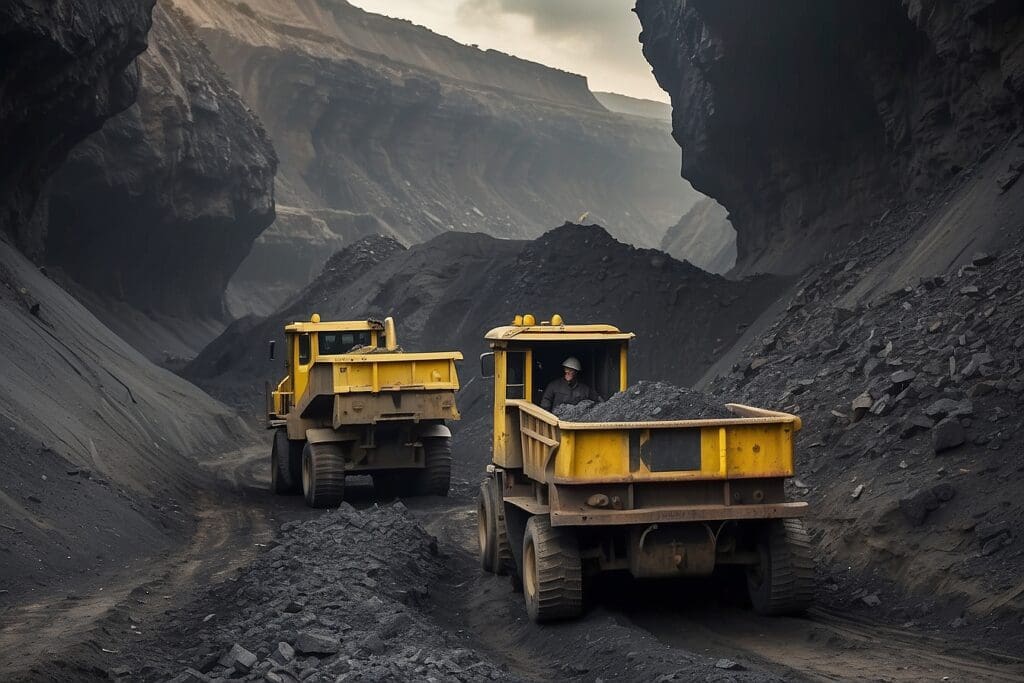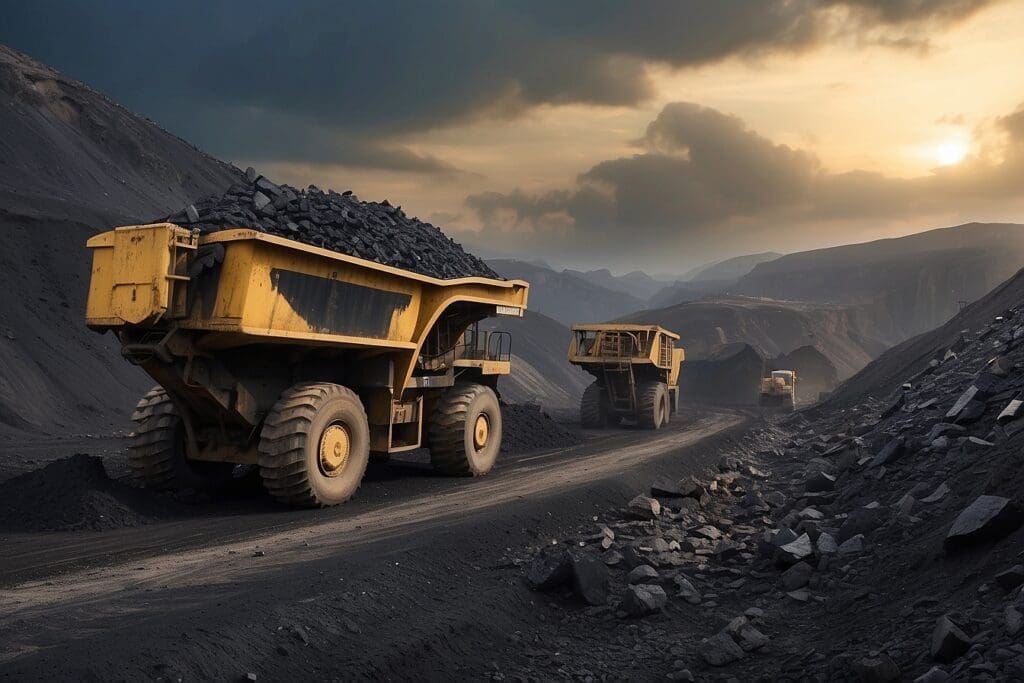The national climate movement has been preoccupied with two things: 1) either applauding president Obama’s latest climate speech or criticizing his failure to act on power plants in the United States may be on the decline—the amount of energy produced by the coal sector shrunk from 51% of total U.S. energy in 2003 to 42% in 2011, and is projected to be only 35% in 2040—1 but that does not necessarily mean that coal extraction is going to slow down.
Powder River Basin
The Powder River Basin is a 24,000 square mile region that stretches through Wyoming and Montana, and is home to the largest coal reserves in the United States.2 The reason why you should really care about the region, though, is that you own part of it and you are being swindled. The Powder River Basin is on federal land, which means that it is partially owned by taxpayers.3 The Bureau of Land Management is currently “representing our interests” in the region by leasing mineral rights to coal companies for a very low rate, essentially allowing companies to strip mine in a place where coal would otherwise not be “economically accessible.”
A recent report from the Inspector General disclosed that the current federal leasing program is poorly run and allows companies to mine at costs far below market rates.6 The current leasing program is based on a competitive bidding system, but usually only one or two companies bid. This allows them to mine coal at rates that, according to the New York Times, have “deprived taxpayers of almost $30 billion over the previous 30 years.”7 Even in the middle of Department of the Interior investigations,8 coal companies and Republican members of Congress are asking the Department of the Interior to open up more of the Powder River Basin to mining operations.9
Coal Exports in the Pacific Northwest

At this point you might be wondering why coal companies would want to mine more coal in the Powder River Basin when domestic demand for the stuff is falling. To answer this, we simply need to follow the coal trains.
A coal train rolls through Seattle. (AP Photo/Elaine Thompson)10
Coal companies are currently trying to build large export terminals in the Pacific Northwest so that they can export coal to China and other developing countries, “where it sells for prices up to seven times higher than in the U.S.”11 According to energy expert David Roberts, a recent “competitive bid” in the Powder River Basin allowed Peabody Coal to pay only $1.11 per ton of coal when the price of a ton of coal exported to China averages around $123 per ton.12
If rail terminals are built in the Pacific Northwest they would double the export potential of the U.S.,13 and the coal shipped to Asia from the U.S. could contribute “more than 200 million metric tons of carbon dioxide” annually. To give you some perspective, experts predict that Keystone XL would cause an increase of about 181 million metric tons of carbon dioxide (CO2) per year.14 Fortunately, three of the six proposed coal export terminals have already been scrapped, and the others are starting to face more serious opposition.15;16
Late in 2013, President Obama explained in one of his climate speeches that he would only approve the Keystone XL Pipeline if it was in the nation’s interest and that “our national interest will be served only if this project does not significantly exacerbate the problem of carbon pollution.”17 It seems logical that the same test should apply to the question of whether we should continue leasing coalfields in the Powder River Basin and build coal export terminals in the Northwest. Unfortunately, President Obama is currently not well equipped to answer this question because Army Corps of Engineers recently decided not to undertake a comprehensive environmental review of the export pathway. According to acting regulatory chief Jennifer Moyer, “many of the activities of concern to the public, such as rail traffic, coal mining, shipping coal outside of U.S. territory and the ultimate burning of coal overseas, are outside the corps’ control and responsibility for the permit applications related to the proposed projects.”18
Digging up and burning Powder River Basin coal will likely put enough carbon in the atmosphere to undo the President’s other climate work. It seems that if the Obama Administration is serious about the President’s climate plan and future sustainability, it should order up that review and reform coal tract leasing on public lands. Unfortunately, instead the U.S. Department of State released its Final Supplemental Environmental Impact Statement on Keystone January 31, 201419 and is being widely interpreted to support the Keystone Pipeline.20 Nothing is final at the moment, so we can only hope that the Obama Administration will continue to review and find that Keystone is not in the United States’ long term best interest.


